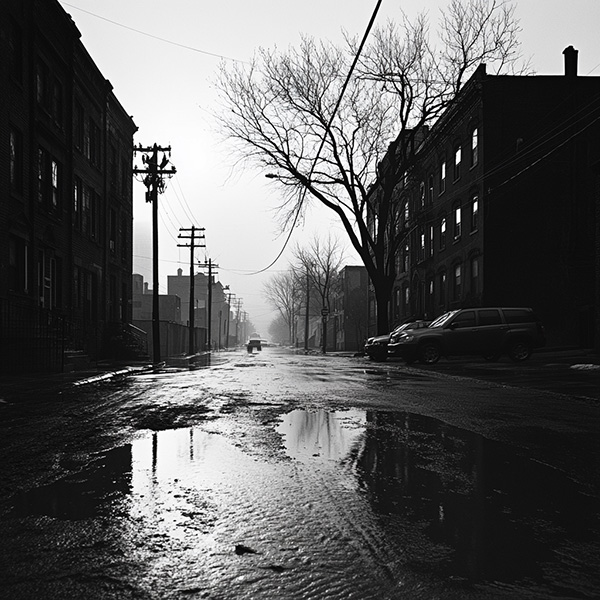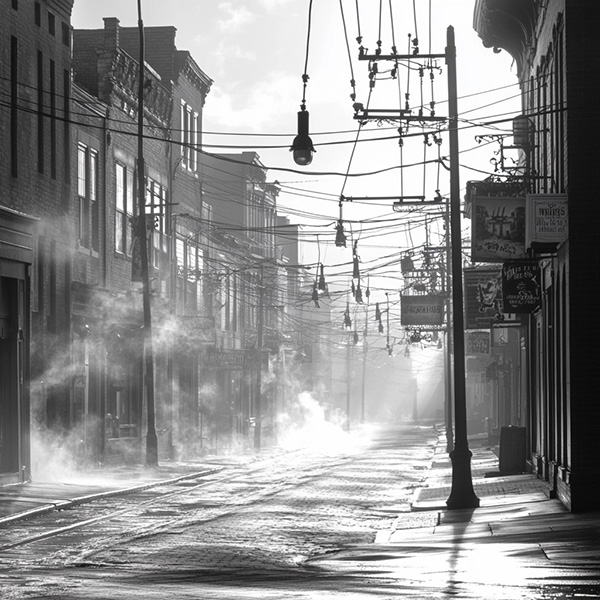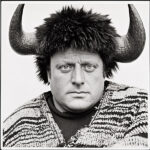New York Through the Lens: The Photographers Who Defined a City
New York Through the Lens: The Photographers Who Defined a City
New York City is more than a metropolis—it’s a living, breathing muse. For over a century, photographers have captured its chaos, beauty, and relentless energy, turning street scenes into iconic art. As I prepare to explore its streets with my own camera, I’m studying the masters who immortalized the city.
This post is for photographers who understand that New York isn’t just a location—it’s a character. We’ll examine:
✔ The pioneers who shaped New York’s visual mythology
✔ Their techniques and philosophies
✔ How their work influences street photography today
1. The Early Visionaries (1900s–1950s)
Alfred Stieglitz (1864–1946): The Poet of Light
- Key Work: “The Steerage” (1907), “Winter, Fifth Avenue” (1893)
- Legacy: Bridged Pictorialism and modernism. His atmospheric shots of snowstorms and skyscrapers treated NYC as an emotional landscape.
- Lesson: Use weather to transform familiar scenes. Fog, rain, and snow add drama.
Berenice Abbott (1898–1991): The Architect of Change
- Key Work: “Changing New York” (1930s)
- Legacy: Documented the city’s rapid modernization with geometric precision. Her shots of vanishing storefronts and rising Art Deco towers are historical blueprints.
- Lesson: Shoot the same location over time. Cities evolve; your photos can archive that shift.

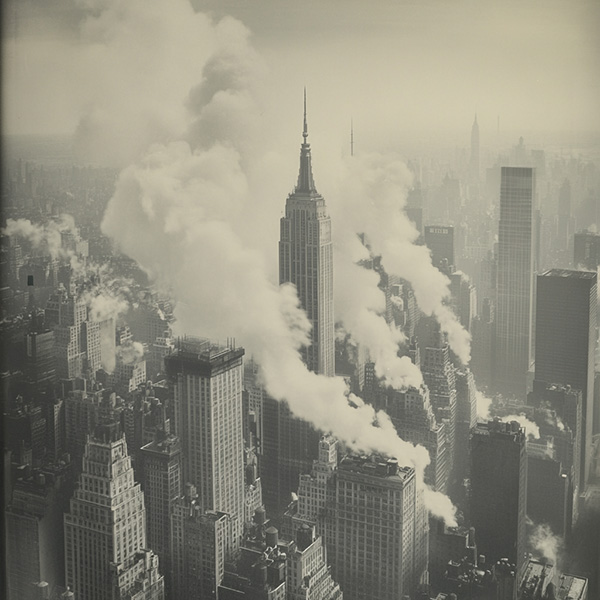
Weegee (1899–1968): The Noir Chronicler
- Key Work: “Naked City” (1945)
- Legacy: Used a police scanner to capture crime scenes, fires, and midnight dramas with harsh flash. His unflinching gaze defined tabloid rawness.
- Lesson: Embrace high-contrast flash for gritty, high-stakes energy.
2. The Mid-Century Masters (1960s–1990s)
Garry Winogrand (1928–1984): The Chaos Theorist
- Key Work: “Women Are Beautiful” (1975), “Central Park Zoo” (1967)
- Legacy: Shot with a tilted 28mm lens, turning sidewalks into theatrical stages. His compositions feel like they might collapse—yet they’re perfectly balanced.
- Lesson: Tilt your frame intentionally. Energy matters more than perfect lines.
Diane Arbus (1923–1971): The Dark Anthropologist
- Key Work: “Identical Twins, Roselle, NJ” (1967), “Child with Toy Hand Grenade” (1962)
- Legacy: Her square-format portraits of outsiders (circus performers, twins, eccentrics) revealed a city of hidden subcultures.
- Lesson: Get close. Let subjects confront the lens.
Joel Meyerowitz (b. 1938): The Color Pioneer
- Key Work: “Cape Light” (1978), “Broadway and West 46th Street” (1976)
- Legacy: Proved color could be as profound as B&W. His luminous Kodachrome shots of 1970s NYC are saturated with life.
- Lesson: Color is narrative. Use reds, yellows, and blues to guide the eye.
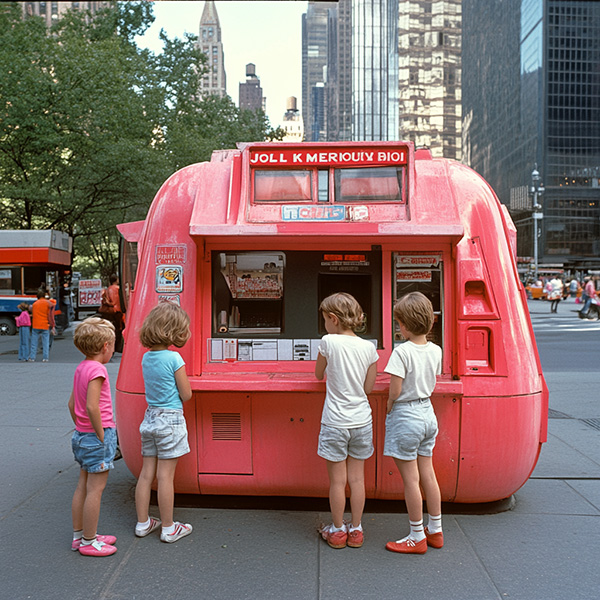
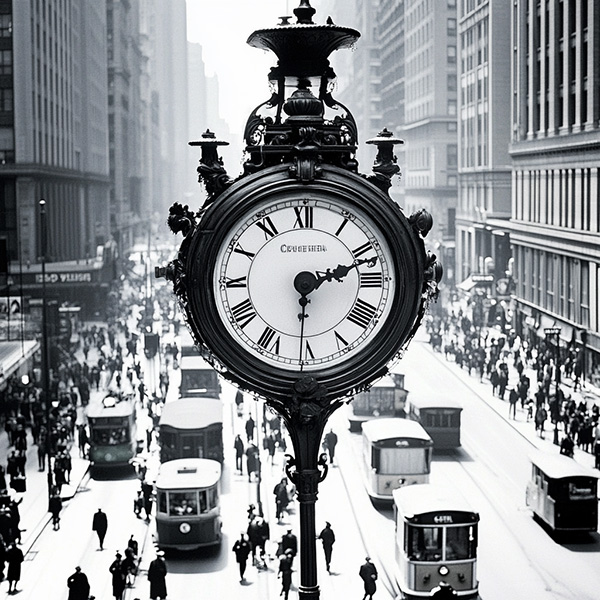
3. The Modern Era (2000s–Present)
Vivian Maier (1926–2009): The Secret Genius
- Key Work: Street portraits of 1950s–70s NYC (discovered posthumously)
- Legacy: A nanny who shot over 100,000 unseen images. Her layered compositions and self-reflections redefined street photography.
- Lesson: Shoot for yourself, not recognition.
Bruce Gilden (b. 1946): The Flash Provocateur
- Key Work: “Facing NY” (1992), “Coney Island” (2003)
- Legacy: His in-your-face flash portraits are confrontational, even aggressive. Love him or hate him, you can’t ignore his work.
- Lesson: Break politeness. Sometimes intrusion gets the truth.
Alex Webb (b. 1952): The Layered Storyteller
- Key Work: “The Suffering of Light” (2011), “Brooklyn, 1988”
- Legacy: Master of complex, multi-subject compositions. His NYC work pulses with overlapping cultures and saturated hues.
- Lesson: Let chaos into the frame. Wait for layers to align.
4. Shooting NYC Like the Masters: Key Takeaways
- Embrace the Decisive Moment (Cartier-Bresson)
- NYC moves fast. Anticipate interactions at intersections, subway platforms, and parks.
- Find Light in the Chaos (Stieglitz, Meyerowitz)
- Shoot dawn/dusk when angled light cuts through skyscrapers.
- Go Beyond Manhattan (Abbott, Gilden)
- Explore boroughs like Brooklyn (DUMBO’s grit) or Queens (immigrant enclaves).
- Edit Ruthlessly
- Even Winogrand left 300,000 unedited shots. Only keep images that demand attention.
Now It’s Your Turn
As I wander NYC these next days, I’ll be channeling these photographers—not to replicate them, but to engage with the city as they did: curiously, relentlessly, and without apology.
Who’s your favorite NYC photographer? Share in the comments—I’d love to hear which artists inspire your work.
“New York is the city that never sleeps—but it’s also the city that never stops revealing itself.”
